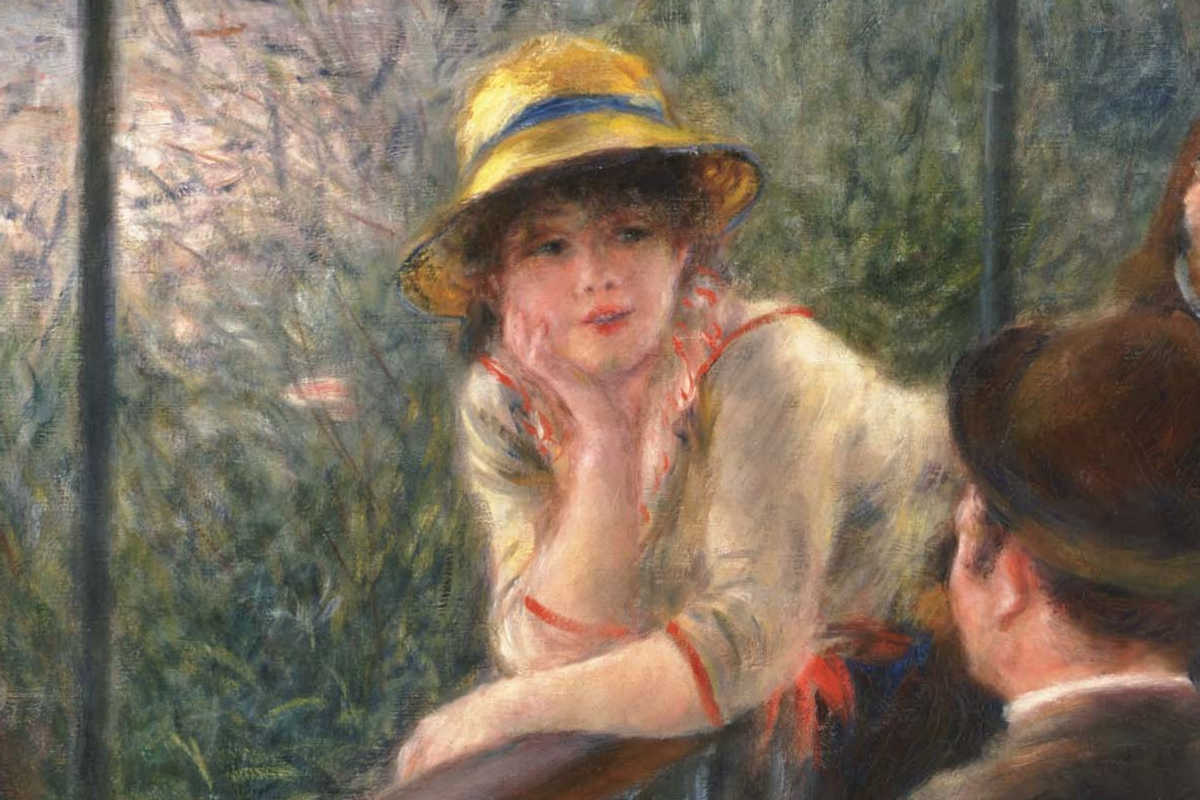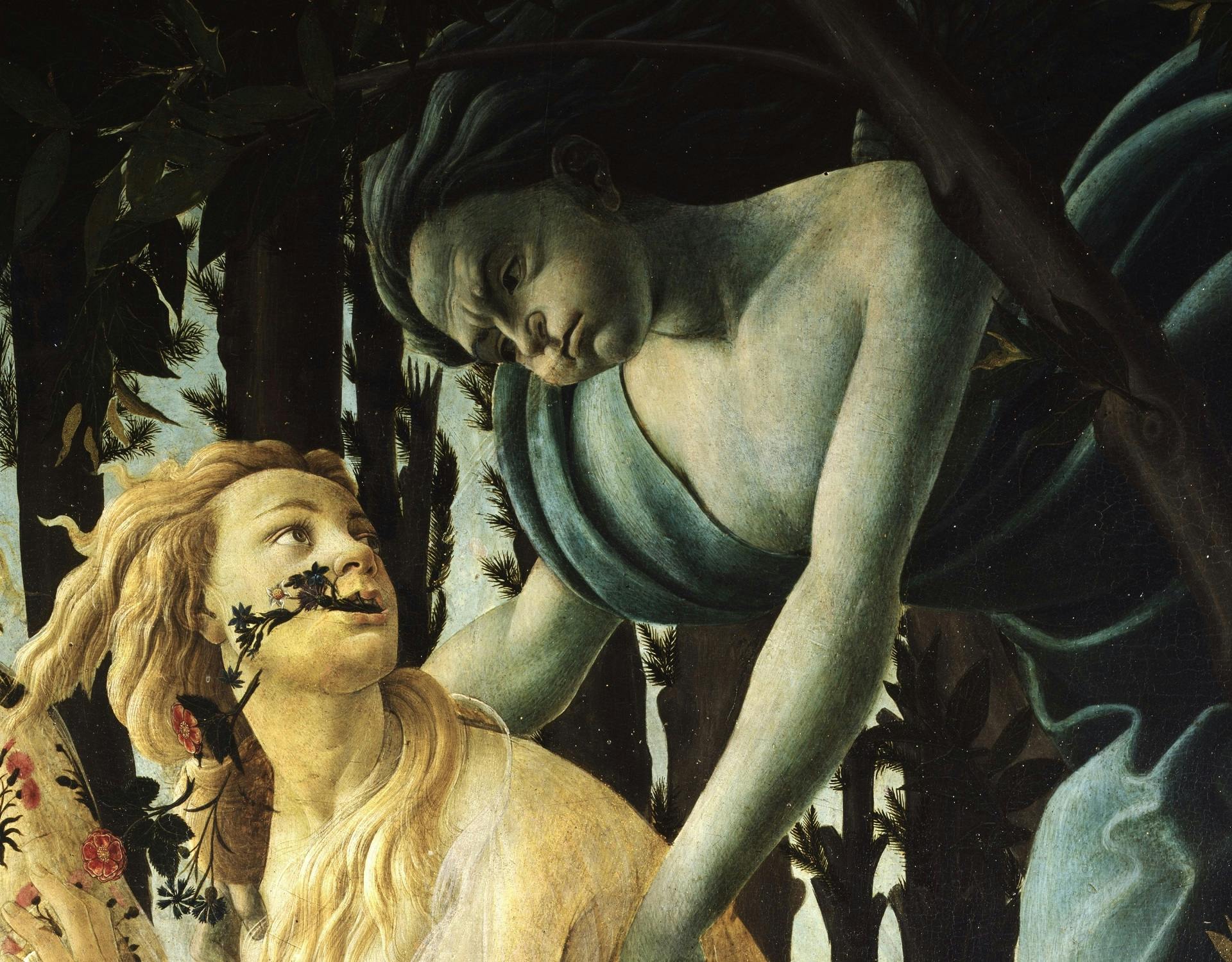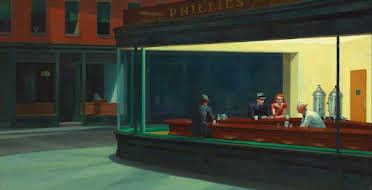The Power of Emotional Art
Art has the incredible ability to evoke a wide range of emotions within us. From joy and excitement to sadness and contemplation, emotional art connects with our innermost feelings and experiences in a profound way.
Emotional art goes beyond mere aesthetics; it delves into the depths of human emotion, inviting us to explore our own feelings and perspectives. Artists who create emotional art often draw from personal experiences, societal issues, or universal themes to convey their message.
Through colors, shapes, textures, and compositions, emotional art communicates on a visceral level, bypassing words to speak directly to the heart. Whether it’s a vibrant abstract painting that ignites passion or a poignant sculpture that elicits empathy, emotional art has the power to move us in ways that words alone cannot.
Experiencing emotional art can be a transformative journey, allowing us to reflect on our own emotions, beliefs, and values. It can inspire introspection, empathy, and understanding as we connect with the artist’s intentions and expressions.
Moreover, emotional art has the potential to spark conversations and dialogues about important social issues, mental health, identity, and human relationships. It serves as a catalyst for change and reflection in society by shining a light on often overlooked aspects of the human experience.
Whether we find solace in a melancholic portrait or feel uplifted by an exuberant installation piece, emotional art has the capacity to touch our souls and leave a lasting impact. It reminds us of our shared humanity and the power of creativity to transcend boundaries and connect us on a deeper level.
So next time you encounter a piece of emotional art that resonates with you, allow yourself to immerse in its beauty and complexity. Let it stir your emotions, provoke your thoughts, and inspire your own creative journey.
Understanding Emotional Art: Key Questions and Insights
- What is emotional art?
- How does emotional art impact viewers?
- What techniques do artists use to create emotional art?
- Can emotional art evoke different emotions in different people?
- Is there a specific style or genre associated with emotional art?
What is emotional art?
Emotional art is a genre of artistic expression that aims to evoke deep feelings and connections within the viewer. It goes beyond mere visual aesthetics, delving into the realm of human emotions, experiences, and perceptions. Emotional art often reflects the artist’s innermost thoughts, struggles, and joys, translating them into tangible forms that resonate with others. Through a combination of colors, shapes, textures, and themes, emotional art communicates on a visceral level, touching the heart and soul of the audience. It invites introspection, empathy, and contemplation, fostering a profound engagement between the artwork and its viewers.
How does emotional art impact viewers?
Emotional art has a profound impact on viewers by eliciting a wide range of feelings and responses. When individuals engage with emotional art, they are often moved to reflect on their own emotions, experiences, and beliefs. The power of emotional art lies in its ability to evoke empathy, introspection, and connection with the artist’s message. Viewers may find themselves experiencing a sense of catharsis, healing, or inspiration as they immerse themselves in the artwork’s emotional depth. Through this interaction, emotional art has the potential to stimulate dialogue, foster understanding, and create lasting impressions that resonate long after the viewing experience.
What techniques do artists use to create emotional art?
Artists employ a variety of techniques to create emotional art that resonates with viewers on a deep and personal level. One common technique is the use of color psychology, where artists carefully select hues that evoke specific emotions or moods. Texture and composition also play crucial roles in conveying emotions, as artists may use bold brushstrokes or intricate patterns to elicit certain feelings. Additionally, the subject matter and symbolism within the artwork can trigger emotional responses, with artists often drawing inspiration from personal experiences or societal issues to infuse their creations with depth and meaning. Ultimately, it is the artist’s skillful combination of these techniques that allows them to craft powerful and emotionally charged artworks that leave a lasting impact on those who experience them.
Can emotional art evoke different emotions in different people?
Emotional art has the remarkable ability to evoke a myriad of emotions in different individuals based on their unique perspectives, experiences, and sensibilities. While a particular artwork may resonate deeply with one person, stirring feelings of joy or nostalgia, it could evoke entirely different emotions in another viewer, such as contemplation or melancholy. The beauty of emotional art lies in its subjective nature, allowing each observer to interpret and respond to it in a highly personal way. This diversity of emotional responses not only highlights the power and versatility of art but also underscores the rich tapestry of human emotions that make each individual’s experience with art truly unique and meaningful.
Is there a specific style or genre associated with emotional art?
In the realm of emotional art, there is no singular style or genre that exclusively defines it. Emotional art transcends traditional boundaries and encompasses a diverse range of artistic expressions, from abstract and surrealism to realism and conceptual art. What unites these varied styles is their ability to evoke deep-seated emotions and provoke introspection in the viewer. Artists across different genres harness the power of color, form, and symbolism to create works that resonate on an emotional level, making the experience of emotional art truly subjective and open to interpretation.




